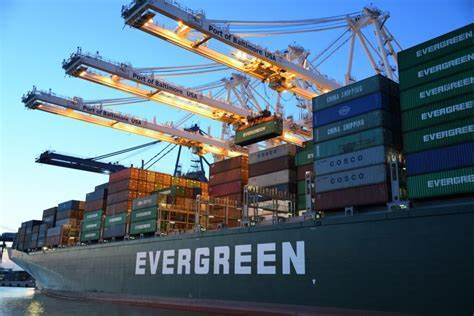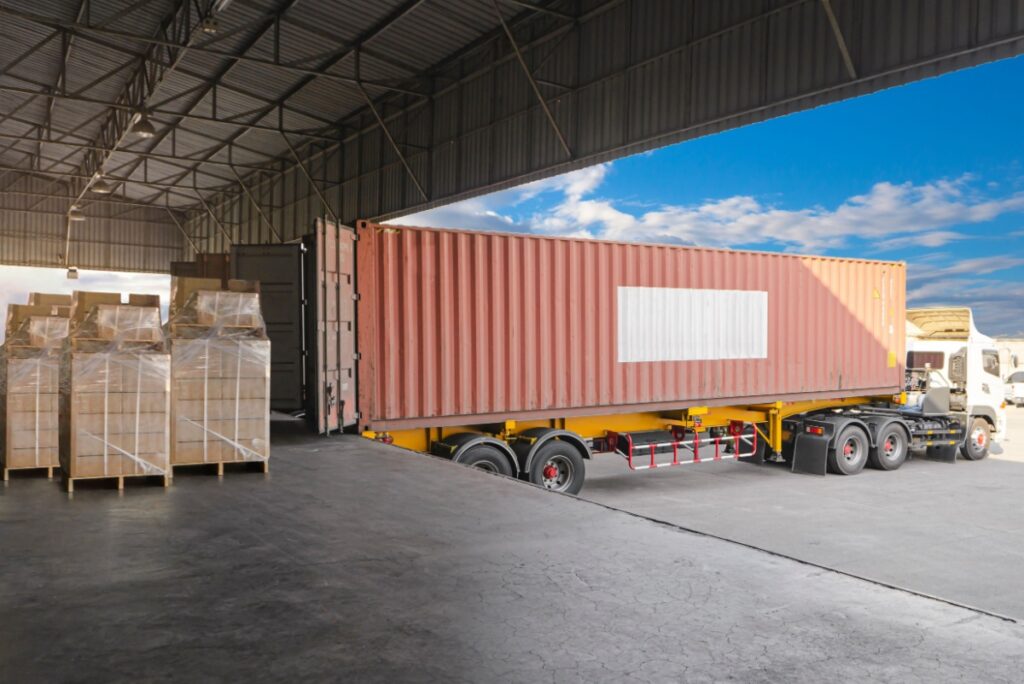If you’re involved in cross-border shipping, a major dilemma is deciding how to go about shipping your products. Whether you have been moving cargo for years or just starting out, picking the right mode of transport can have far-reaching consequences for your business. The central question is to go either with a transloading warehouse, which is the most sought-after choice for international shipping, or prefer the straightforward path of direct shipping.
The leading cross-border service providers offer both options, so the choice ultimately rests with you as it can go a long way in influencing your transportation costs and shipment flexibility. In this article, we break down these two methods to help you differentiate between the two so that you can work out what works best for your business.
What is Direct Shipping?
Commonly known as door-to-door or through-trailer shipping, direct shipping is relatively less complicated. It generally involves transporting goods across the border in the same carrier when they first set out for delivery. To understand how it works, assume your goods are picked up from a certain point and delivered straight to their target destination without switching between drivers en route.
This effectively means that your cargo is moved from the origin to its destination in a single mode of transport without any stops or transfers occurring in the course of its journey. When moving freight across the US-Mexico border, you will need to chalk out a trailer interchange agreement with the party on the other side of the border so that the load can travel uninterruptedly in the original trailer even if two or three different drivers are required to haul it.
What Is Transloading in Logistics?
Before we proceed to weigh the pros and cons of transloading, let’s first shed light on transloading meaning. Simply put, trans-loading refers to a shipping method where goods are transferred from one mode of transportation to another as they move from their origin to destination. Transloading usually works by taking your freight to a transloading facility, where it is offloaded, and then transferring it to a different trailer in the next stage of its journey.
For example, your shipment might have started out as ocean freight, landed at a port, and transferred onto an outbound truck, which takes it to its final destination. Putting it together, transloading is a multimodal form of transport involving a wide network of carriers, from ships and trucks to rails, which gives you greater control over the shipping process.

How to Choose Between Direct Shipping and Transloading
If you are feeling confused as to which of these methods would be compatible with your freight, it’s crucial for you to consider three key variables.
1. Freight Type
The nature of your cargo is one of the very first things you should heed. Transloading companies are your best bet if your cargo consists of food, automotive, or consumer goods that have been palletized or packaged with the help of a forklift. However, if your freight consists of oversized or heavy products, then you will need specialized loading capabilities, for which direct loading would be the better option. This ensures that your goods stay in the same trailer for the length of their trip.
2. Price
When it comes to price, a transloading warehouse is typically the more affordable of the two, mainly because it allows you to leverage alternative carriers, which lower rates and minimize competition.
In the case of direct shipping, you ideally need to strike an interchange agreement with your chosen carrier that not only limits your carrier options, but you often end up paying a premium to avoid freight handling. This raises the overall shipping costs, making transloading a more cost-effective way of doing business than direct shipping.
3. Amount of Handling
With direct shipping, your cargo doesn’t have to go through intensive handling, but it nevertheless has to face inspection when it arrives at the border. This may result in the pallets being unloaded during the customs process, which increases the risk of damage.
Transloading warehouses are well-equipped to handle freight, and you can rest assured that your freight is in safe hands when working with a reliable logistics provider.

Pros of Transloading Warehouse
Cost Savings on Long Hauls
The longer the shipping distance, the higher will be the shipping costs, such as when moving products across different continents. Using a transloading warehouse means that you can choose the most effective transport options for different touchpoints in the journey, which can help save costs. For example, trucking is more expensive per mile than ocean freight, while cargo trains are up to 500% more fuel efficient than trucks over long distances.
Consolidation of Products
Let’s say that you deal with multiple suppliers, which means that you will have to sort out and consolidate products into one big shipment at a transloading warehouse before it is shipped to the customers or stores. Warehousing services ensure that inventory is managed efficiently and ready for timely dispatch.
Wider Access
Transloading gives you greater outreach than you will ever have with direct shipping. The fact that you can use multiple transportation modes allows you to access hard-to-reach areas where direct shipping is not possible.
Cons of Transloading
- Time-Consuming: Transloading generally takes more time than direct shipping, even though it can help you save costs.
- Higher Risk of Delays: Every time a shipment is transferred between transport modes, the chances of delays increase, potentially disrupting your delivery schedule.
- Risk of Mishandling: Frequent transfers—such as moving goods from trucks to ships to warehouses—heighten the risk of mishandling, especially for fragile or high-value items.
- Requires Careful Coordination: Seamless transloading depends on precise planning and coordination between carriers.
- Additional Costs: The multiple steps involved—loading, unloading, storage, and transportation—can quickly add up in terms of cost.
Pros and Cons of Direct Shipping
| Pros of Direct Shipping | Cons of Direct Shipping | |
| Speed | Faster delivery since shipments go directly from point A to B. | It may not be cost-effective for long-distance shipping. |
| Handling | Less handling reduces the risk of damage or loss. | Limited to single-mode transport, which may not suit all needs. |
| Logistics | Simplified process with a single carrier. | Not ideal for complex inventory with multiple suppliers. |
| Tracking | Easier tracking with fewer touchpoints. | Certain shipping routes may be cost-prohibitive. |
FAQ’s
1. When should businesses choose direct shipping over transloading?
If you have oversized or fragile cargo, you will benefit from minimum handling, for which direct shipping is your best bet. It’s also suitable if you are more concerned about speed than cost savings, as it helps streamline supply chains without stops or transfers in between.
2. How do transloading warehouses improve shipping flexibility?
Transloading facilities serve as a temporary and central hub for sorting and storing products and eventually consolidating them for last-mile distribution. This not only leads to a well-managed inventory but gives you greater control over your shipping schedule for maximum cost-efficiency.
3. Which option is more cost-effective?
Comparatively speaking, transloading is more cost-effective because it gives the advantage of using multiple carriers and optimizing routes. Despite faster shipping times, direct shipping restrains your shipping options and comes at a premium price, especially long-haul costs.
4. What is the main difference between transloading and direct shipping?
During transloading, cargo is transferred between different transportation modes, such as from a truck to rail at a transloading warehouse. When cargo is directly shipped, it is moved in the same container in which it arrived at the origin till it reaches its destination without getting transferred in the process.
Conclusion
To conclude, it can be said that the choice between these two shipping modes isn’t a matter of one-size-fits-all. You need to factor in your business strategy, desired goals, and budget constraints before you pick either to take care of your shipping needs. It all comes down to the trade-off you are seeking whether it is potentially low costs, fast turnaround, or simplified inventory management.
Are you looking for the perfect logistics solution for your business? At Accurate Trailers, we are driven to be your go-to partner with the expertise and experience to deliver to your expectations. Whether you are thinking of direct shipping or transloading services near me, we are here to help. Contact us to learn how we can make your logistics operations more efficient and effective.